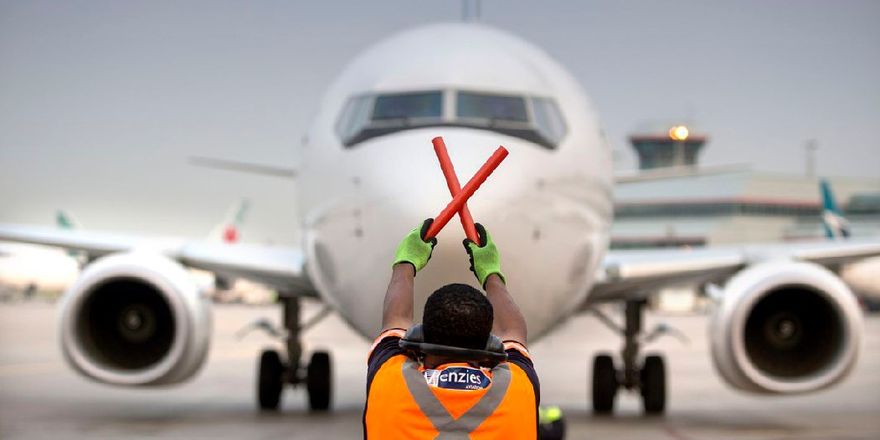
The Russian Ministry of Transport has prepared and sent for familiarization to the Association of Air Transport Operators (AEVT) and the airline a strategy for the development of Russian civil aviation until 2030. The document provides for a decrease in passenger traffic against the backdrop of a reduction in the fleet of foreign aircraft. Writes about it "businessman".
The strategy determines investments in the aviation industry of 627 billion rubles and provides for the replenishment of the fleet by 1,000 Russian-made aircraft over the next eight years. More than half of the foreign aircraft fleet may go for spare parts due to maintenance problems.
In the base case, it is assumed that market participants will find channels for replenishing stocks of components and consumables, taking into account the fact that up to a third of the existing fleet will be dismantled for spare parts. “As a result, by the end of 2025, at least 70% of the foreign fleet will remain in operation,” the first forecast says.
The pessimistic scenario reflects expectations that it will not be possible to replenish the stock of spare parts, and then from the second half of 2022, the fleet of foreign aircraft "is intensively reduced, and in the future its disassembly ensures the airworthiness of the fleet remaining in operation."
Obtaining spare parts and consumables for maintenance is a top priority, as "the current level of availability for individual items is between two and five months," the document says.
Taking into account the dynamics of the retirement of foreign aircraft under the baseline scenario, the Ministry of Transport expects that in 2025 the fleet in the Russian Federation will consist of 999 aircraft, of which 427 are foreign. By 2030, due to the accelerated production of domestic aircraft, the fleet should grow to 1602 aircraft (208 foreign ones).
The pessimistic forecast assumes that foreign aircraft will retire faster, so it includes 870 aircraft by 2025, of which 298 are foreign, and 1,556 aircraft in 2030.
The strategy also notes “the current low level of penetration of domestic digital services and solutions of the main critical technological processes”, including those affecting “the immediate possibility of carrying out the transportation process and safety”. This is an information interaction system (aviation telegraphy), a digital ground-air-ground communication system, cartographic and meteorological information systems, and flight planning systems. The authors see one of the possible solutions as “the selection of a domestic or freely distributed analogue of software”.
Source: Aviation21
